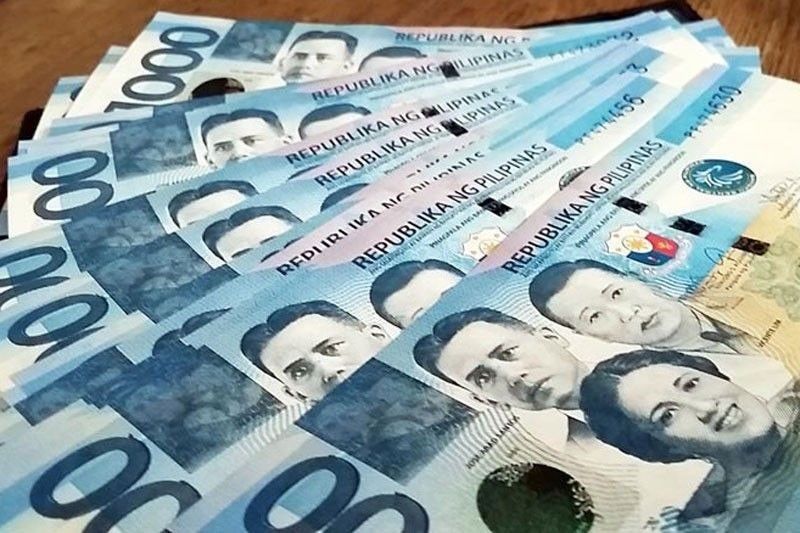DOF: Peso depreciation not a sign of economic weakness

MANILA, Philippines — The depreciation of the peso should not be considered as a sign of a weak economy, according to the Department of Finance (DOF).
The DOF, in its latest economic bulletin, also maintained that the local currency should be allowed to move flexibly amid several developments in the market, helping sustain economic growth.
“Exchange rate movements – whether depreciation or appreciation – should not be taken as a sign of structural weakness in the economy,” the DOF said.
“In an environment of global uncertainty where domestic macroeconomic fundamentals are sound – real GDP growth is higher than six percent, inflation is within the neighborhood of projected levels, gross international reserves are in excess of eight months of imports of goods and services, BOP (balance of payment) and fiscal deficits are financeable and the debt ratios are declining – the exchange rate should move flexibly so that economic players are able to adjust promptly to market dynamics, thus sustaining economic growth,” it said.
Last Thursday, the peso closed at 53.515 to $1, four centavos lower from the 53.475 recorded the previous day. This was the lowest since the peso finished at 53.55 to $1 on June 29, 2006.
According to the DOF, the peso is moving in tandem with global currencies amid ongoing turbulence in the financial markets, brought about by the trade war between the US and China, the rise in US interest rates, and the shift in the monetary stance of the European Central Bank.
Year-to-date, the DOF said the depreciation of 13 major Asian currencies averaged 2.66 percent, with the fastest growing countries experiencing the weakest depreciation.
“Since January, the Indian rupee depreciated by 7.46 percent, Philippine peso by 7.42 percent, Korean won by 5.13 percent and Indonesian rupiah by 4.97 percent. Note that in the first quarter, GDP growth in India was 7.7 percent; in the Philippines, 6.8 percent; and Indonesia, 5.1 percent. These are among the highest economic growth rates in the world,” the DOF said.
Month-to-date depreciation of Asian currencies also averaged 1.76 percent since the trade war between the US and China intensified, the DOF said.
The most depreciated currencies are Korean won at 5.13 percent, Chinese yuan at 2.9 percent, Thai baht at 2.88 percent and Singapore dollar at 1.93 percent. These are followed by the Philippine peso at 1.73 percent and Indian rupee at 1.68 percent.
“The most affected countries are the direct victims of the exchange of tariff increases. The Philippines and India are relatively less affected because exports of goods account for a smaller percentage of their economies but their financial markets continue to ride with the whirlwind,” the DOF said.
- Latest
- Trending

























